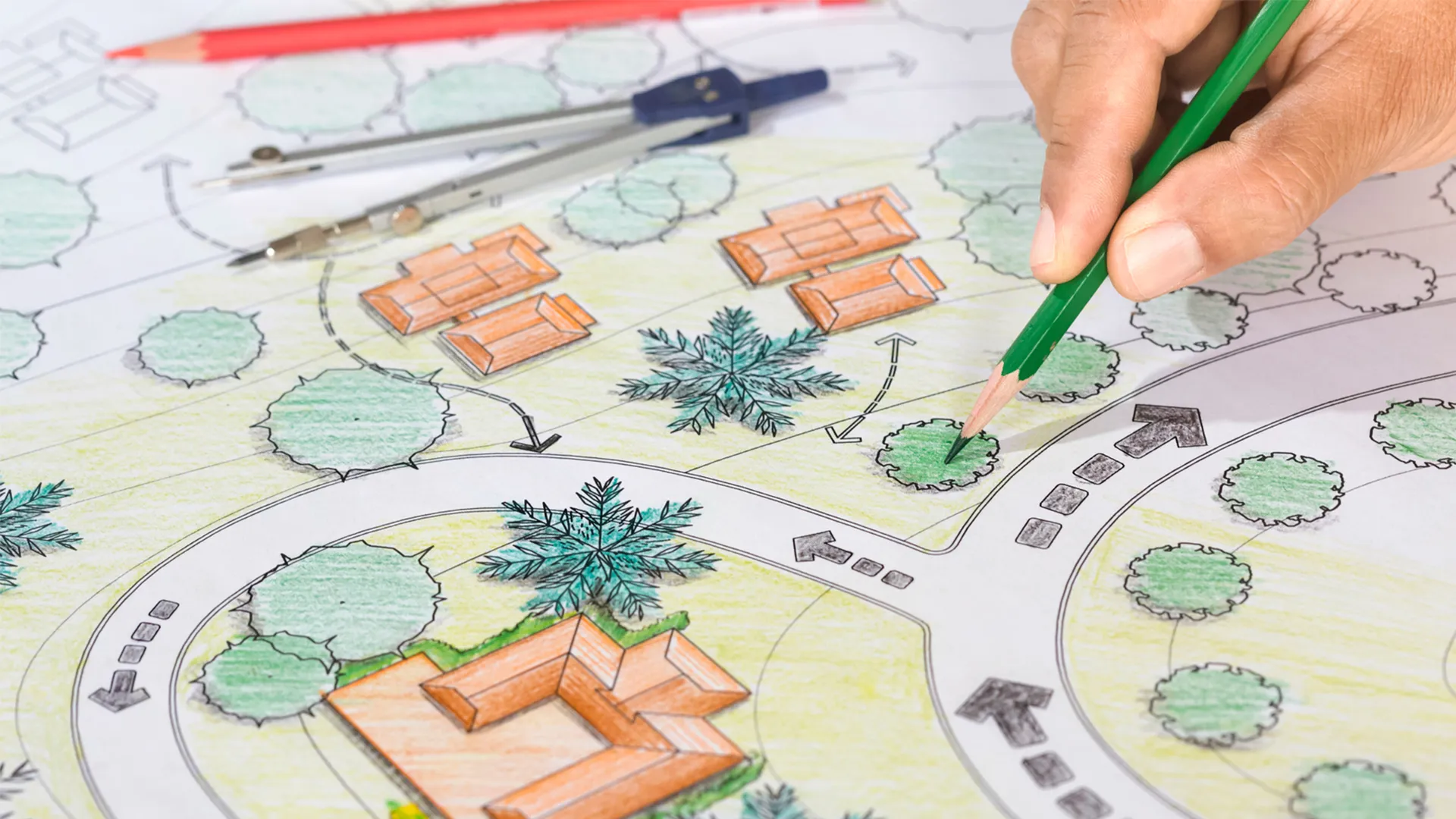If you’re planning a garden, you need to think about the type of soil you’ll need. A well-drained soil is best for most plants, but if you want a garden with more variety, you might want to consider a sloping garden. However, these gardens are difficult to maintain and require a lot more time and effort. They also require a reliable water source. To avoid these problems, consider planting fast-maturing vegetables like spinach and peppers, or vine crops such as zucchini and eggplant.
Another type of garden is the informal woodland garden. This is a descendant of the “wilderness” of earlier times. This style of garden emphasizes naturalness. Paths are typically made of mulch or grass. Trees are thinned, but mature ones are often the focal point of the garden. The plants chosen for a woodland garden are generally native to that area. Rhododendron, magnolia, pieris, lily, and daffodil are some common plants in this style. There are also many different herbs, such as St.-John’s-wort and daffodil.
A trellis is a useful addition for vertical gardening. This will help you make the most of space, and will allow you to plant climbing plants. Climbing vines, such as clematis, can add height to the border. You can also choose flowering plants for a garden that blooms outside the season. In the springtime, you can also add a spring bulb to jump-start your garden. They are an excellent choice for those who are short on space.
You can follow advice from the National Trust’s gardeners to plan a thriving organic garden. You can also find videos and articles about gardening online. The YouTube gardening star Huw Richards has an excellent tutorial on how to start plants early. He also has a dictionary of gardening terms. So, get inspired and enjoy your garden! And don’t forget to take time to learn more about gardening! It’s worth investing in a gardening dictionary.
When it comes to plants, a garden’s layout should be both practical and beautiful. Whether it’s a botanical garden or a zoo, a garden will help you achieve a better state of mind. Modern gardens are dominated by water features that have clean lines. Spheres come in different materials and are often a centerpiece of a modern garden. They stand out as bold art in an otherwise sparse landscape.
There are several different types of flower gardens. Some flower gardens are more formal than others and are typically categorized by region. While many flower gardens are formal, the majority of flower gardens are informal. A well-designed flower garden is usually composed of many trees and shrubs and a few perennials. However, flowering plants are often chosen for their maturity level. This makes them suitable for the mature planting area. In addition to this, a flower garden is a great way to improve your life.
The best way to learn which plants will thrive in your garden is to test the soil. It is easy to do a DIY soil testing kit or contact a local cooperative extension service. This will give you a general idea of how much organic matter and minerals your soil contains. There are a variety of different soil testing kits and techniques that you can use to find out what’s best for your garden. The best soil test is the one that will suit your type of garden and the type of plants you want to grow.
